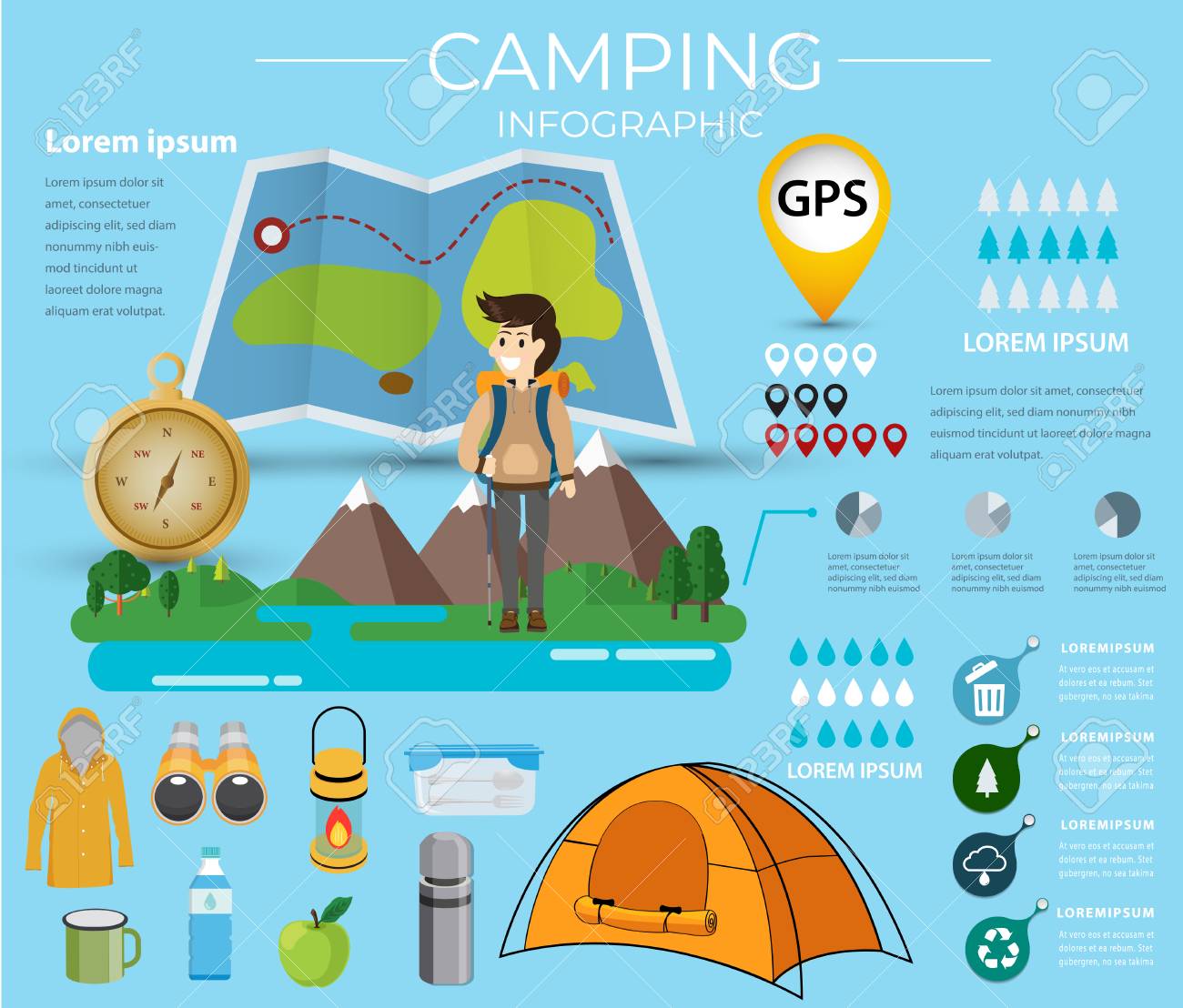A range of aspects can influence night sky digital photography. From climate condition to upcoming holy occasions, you'll wish to prepare ahead to make certain success.
How many people can sleep in a 10x10 tent?
The shutter speed you select establishes whether stars appear as precise pin-points or trail throughout the photo. A good rule of thumb is to limit the direct exposure to 500 seconds, or the matching of your lens's focal size.
Location
One of the most important consider a good photo is where you take it. Aim for areas with marginal light contamination, and prevent places that have bright city lights and skyscrapers.
Likewise, try to find a place that offers foreground elements to develop make-ups with. For instance, dune patterns, wind-sculpted ridges and rough outcrops can all offer interesting foreground aspects to assist inform the tale of your evening skies photograph.
It is additionally practical to study huge occasions such as meteor showers and lunar eclipses to make the most of chances for great pictures. Making use of a device such as the Professional photographer's Ephemeris can be unbelievably helpful when preparing your shoots. It aids you to determine moon phases, Galaxy position and various other expensive occasions. Also, take into consideration capturing in RAW format rather than JPEG as this offers you more versatility when refining the photos. This is specifically true if you prepare to publish your images.
Camera Settings
Getting the ideal electronic camera settings is essential for any kind of photograph, however specifically so for night sky pictures. A wide-angle lens is best for recording even more of the Milky Way and minimizing celebrity routes, as well as a longer shutter speed to quit the activity of stars and expose their information.
For an optimum degree of quality, shoot in RAW layout instead of JPEG, which permits you to preserve more data and gives adaptability throughout post-processing. This can also contribute to submit dimension, so make sure you have a lot of storage space and extra sd card available.
Establish your emphasis to manual focusing by flipping the AF/MF switch on your lens into MF mode. You may need to take a few examination shots and examine the image playback on your video camera's LCD screen until you accomplish ideal, identify hands-on focus. It's an excellent concept to do this during the day with your selected lens and the location you will be shooting at night, to confirm the precision of your emphasis setup.
Lights
A good night skies image requires the luxury bell tents best problems. This consists of a dark sky, yet also an interesting foreground element such as a mountain on the horizon, a lake to mirror the celebrities, or a human aspect like a barn or shed. You can even utilize a headlamp to illuminate the foreground and add some drama or depth to your photo.
One of the most essential electronic camera setups for night sky photography are the aperture and shutter rate. The bigger the aperture, the a lot more light that reaches the sensor. This permits you to record intense stars in a relatively brief quantity of time.
The shutter rate figures out whether your stars will be pin-point excellent or if they will certainly look like star trails as a result of the Planet's rotation. Make sure to take multiple long direct exposure shots and stack them in post-processing for the best outcomes. Finally, shoot in RAW mode to offer on your own maximum latitude in post-processing.
Composition
The key to lovely star shots isn't a premium telescope, a new wide-angle lens or a top-of-the-line Canon or Nikon electronic camera. It's method, planning and make-up.
For starters, scout your shoot area in advance to obtain a feel for the format and potential make-ups. Think about integrating foreground aspects such as rocks, a lake or alpenglow on the landscape to add personality and rate of interest to your photos.
Bear in mind the Policy of Thirds when composing your photos. This straightforward principle aids balance and combine images. It's likewise useful for focusing on points of interest in your picture, such as rock attributes or the Galaxy. Also, remember to intend your shoots around moon stages-- capturing at a moon can subdue celebrities and develop a silhouetted shape, while shooting on evenings with a new moon can help you see constellations much more clearly.
Do tents leak when it rains?
